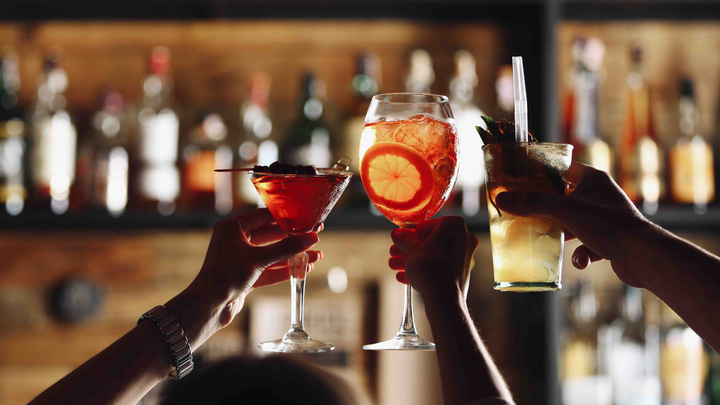While no-alcohol is poised to spearhead overall no/low growth in the coming years, a number of innovations across wine, beer and spirits will help to boost future consumption of low-alcohol products as well.
Low-alcohol volumes across the world’s top 10 no/low markets are predicted to grow at a CAGR of +3 percent between 2023 and 2027. Much of the category’s growth is expected to come from some of the largest low-alcohol markets, including Germany, the US, France and the UK.
Wine remains the strongest performer in the low-alcohol marketplace, with IWSR forecasts showing a 2023-27 volume CAGR of +12 percent for the category, ahead of RTDs (+9 percent) and beer/cider (+2 percent), while spirits are expected to decline (-2 percent).
But all categories are the source of much innovation at the moment, from the exploration of ‘mid-strength’ wines to extensions of established brands and the launch of low-alcohol products that aim to leverage changes in the regulatory environment.
For consumers who want to moderate their alcohol intake, low-alcohol propositions can sometimes be confusing. “Consumers don’t necessarily know that an alcoholic spirit brand normally sits at 30-40 percent ABV, so they don’t always know what a 20 percent ABV spirit means for a gin brand, or how a 20 percent ABV spirit might relate to a 5 percent ABV wine or a 1 percent ABV beer,” says Susie Goldspink, Head of No/Low-Alcohol Insights, IWSR. Furthermore, it is often unclear to consumers how many low-alcohol beverages they can consume and still be within the legal drink-drive limit. As such, brands may need to continue educating consumers on the low-alcohol proposition.
As in no-alcohol, line extensions of established full-strength brands into the low-alcohol space are a way of recruiting consumers to try products with reduced levels of alcohol.
Low-alcohol spirits are ceding market share to low-alcohol wine in particular, especially in the US, where IWSR forecasts predict that low-alcohol wine volumes will grow at a CAGR of +14 percent between 2023 and 2027, while low-alcohol spirits are expected to decline at a CAGR of -9 percent over the same timescale.
Nonetheless, brand owners are still targeting consumers who are looking for lower alcohol levels, through products such as Decem, which is distilled with fragrant botanicals for a full flavoured 10 percent gin alternative, and Quarter, which offers 12% gin and tequila alternatives as well as a ready-to-serve lighter Margarita and Negroni.
“Such an approach generates interest in lower-proof products, even though it is outside IWSR’s definition of a low-alcohol spirit,” says Goldspink. “Low-alcohol spirits are overshadowed by low-alcohol wine, but brands are making inroads with products reflecting changing consumer behaviour, especially a preference for lighter drinking experiences.”




